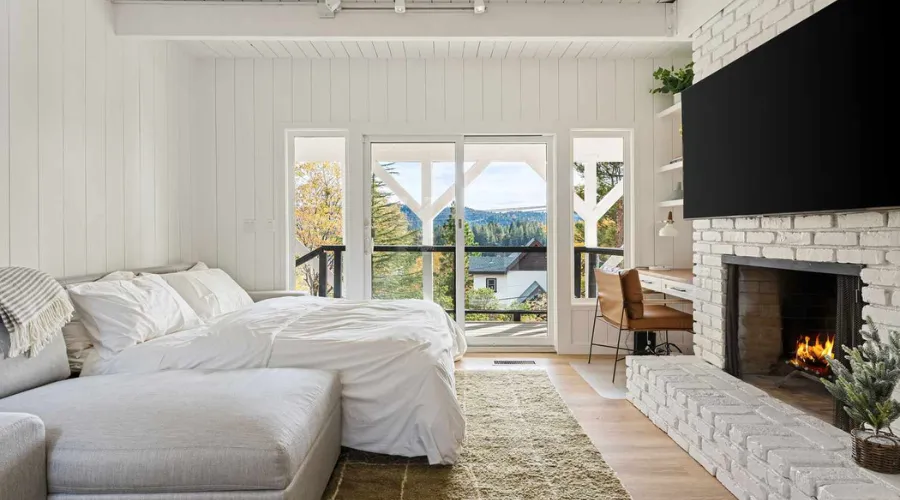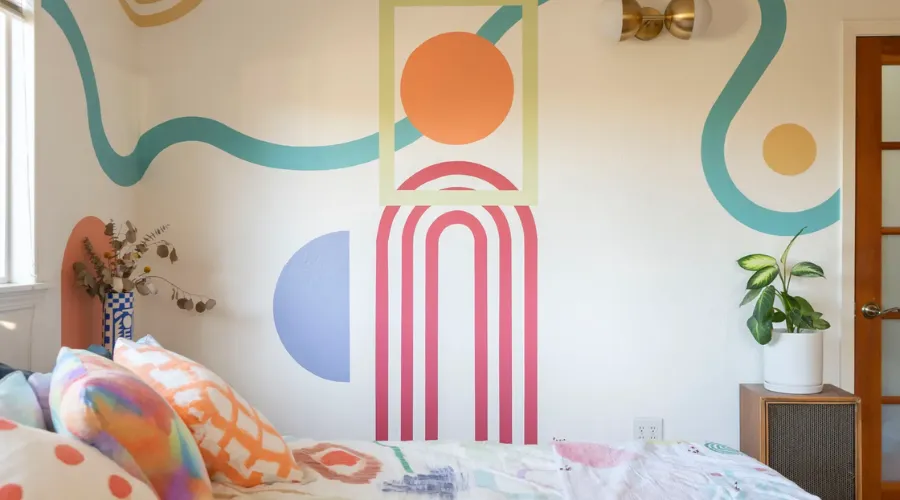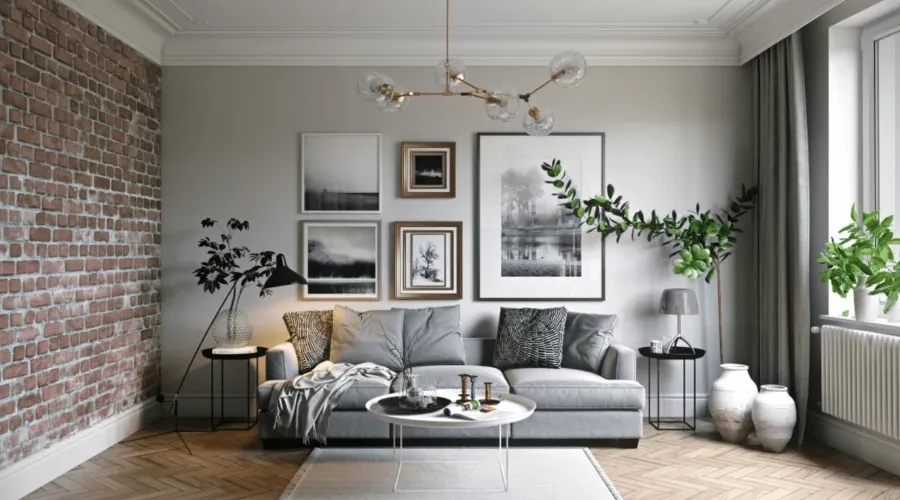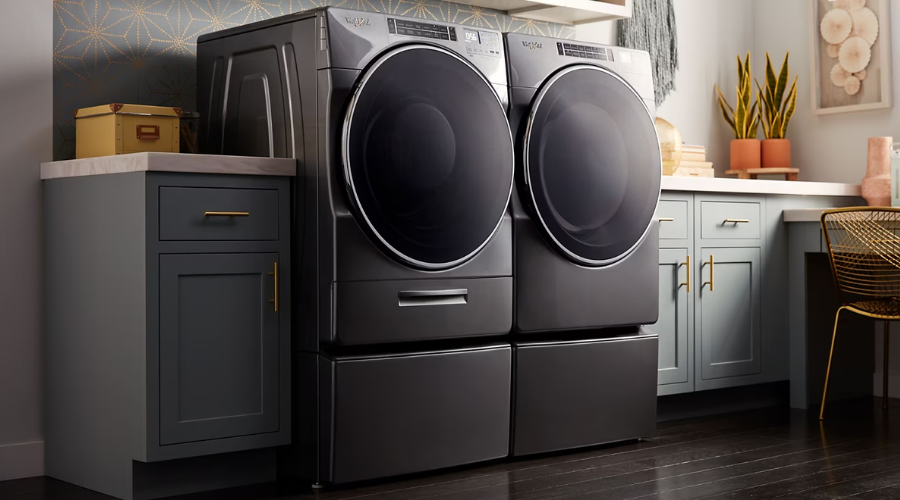
Furniture has been an integral part of human civilization for centuries, evolving from basic necessities to sophisticated pieces of art and comfort. In today’s fast-paced world, where personal style meets functionality, furniture plays a pivotal role in shaping our living spaces. Let’s delve into the fascinating world of furniture, exploring its history, design trends, and the transformative power it holds within our homes.
The Evolution of Furniture: A Journey Through Time
Furniture, in its simplest form, began as rudimentary objects used for seating, sleeping, and storage. Archaeological findings reveal that early humans fashioned basic furniture from stones and animal hides. As societies progressed, so did furniture, with ancient Egyptians introducing wooden pieces adorned with intricate carvings.
The Middle Ages to Renaissance – A Shift in Style and Function
During the Middle Ages, furniture design became more elaborate, reflecting societal changes and cultural influences. The Renaissance period witnessed a resurgence of interest in classical art and architecture, leading to the creation of opulent furniture pieces that showcased intricate details and luxurious materials.
Industrial Revolution – Mass Production and Innovation
The 19th century marked a pivotal moment in furniture history with the advent of the Industrial Revolution. Mass production techniques transformed the industry, making furniture more accessible to the general population. This era saw the rise of iconic styles such as Victorian, Art Nouveau, and Art Deco, each leaving a lasting impact on design aesthetics.
Modernism and Beyond – Breaking the Mold
The 20th century ushered in a wave of design revolutions, with the Modernist movement challenging traditional notions of form and function. Visionaries like Le Corbusier and Charles and Ray Eames introduced minimalist and functional designs that continue to influence contemporary furniture. The evolution of furniture design reflects not only advancements in craftsmanship but also shifts in cultural, social, and technological landscapes.
Furniture Styles: From Classic to Contemporary
Furniture styles have evolved over the years, reflecting the tastes and preferences of different eras. Today, a diverse range of styles coexists, allowing individuals to choose pieces that resonate with their personal aesthetics. Let’s explore some prominent furniture styles that have stood the test of time.
Classic Elegance – Timeless Beauty in Traditional Furniture
Classic furniture exudes a timeless charm, often characterized by ornate detailing, rich materials, and a sense of opulence. Pieces inspired by the Renaissance, Baroque, and Rococo periods showcase intricate carvings, luxurious upholstery, and a regal aesthetic. Classic furniture adds a touch of sophistication to any space, creating an atmosphere of timeless elegance.
Mid-Century Modern – A Retro Revival
The mid-20th century brought about a design revolution that still resonates today – Mid-Century Modern. Characterized by clean lines, organic forms, and a focus on functionality, this style emphasizes simplicity and minimalism. Furniture from this era, including iconic pieces by designers like Eames and Saarinen, continues to be highly sought after for its sleek, timeless appeal.
Contemporary Chic – Blending Form and Function
Contemporary furniture embraces the spirit of the present, with a focus on clean lines, innovative materials, and functionality. Minimalist design principles often define contemporary pieces, creating a sense of openness and simplicity. The use of unconventional materials and a commitment to sustainability are also hallmarks of contemporary furniture, reflecting the values of the modern homeowner.
Furniture as a Reflection of Lifestyle and Personality
Furniture goes beyond being a mere functional necessity; it serves as a reflection of one’s lifestyle and personality. The pieces we choose to adorn our living spaces communicate a narrative about our tastes, values, and even aspirations. Understanding the psychological impact of furniture selection can help individuals create spaces that resonate with their inner selves.
Personalized Sanctuaries – Custom Furniture Design
The demand for custom furniture is on the rise as individuals seek unique pieces that tell their personal stories. Customization allows homeowners to express their creativity, ensuring that their living spaces are not only functional but also a true reflection of their personalities. From bespoke sofas to handcrafted dining tables, custom furniture brings a sense of individuality to every home.
Multifunctional Furniture – Maximizing Space and Utility
With the rise of urban living and smaller living spaces, the need for multifunctional furniture has become increasingly important. Pieces that serve dual purposes, such as sofa beds, storage ottomans, and modular shelving units, allow homeowners to maximize the utility of their space without compromising on style. The marriage of form and function is a key consideration for those seeking practical yet aesthetically pleasing furniture solutions.
Sustainable Furniture: A Greener Approach to Design
As environmental consciousness continues to grow, the furniture industry is responding with a shift towards sustainable practices. Sustainable furniture not only minimizes the environmental impact but also promotes ethical sourcing and responsible manufacturing. Let’s explore the growing trend of eco-friendly furniture and its impact on the industry.
Eco-Conscious Materials – A Responsible Choice
Sustainable furniture often begins with the selection of eco-friendly materials. Reclaimed wood, bamboo, and recycled metal are just a few examples of materials that contribute to environmentally responsible furniture production. Manufacturers are increasingly opting for materials with minimal ecological footprints, ensuring that the production process aligns with the principles of sustainability.
Circular Design – Redefining the Lifecycle of Furniture
Circular design principles are gaining traction in the furniture industry, emphasizing durability, repairability, and recyclability. Furniture designed with a circular approach aims to minimize waste and extend the lifespan of products. This shift towards a more circular economy aligns with the broader goal of reducing the environmental impact of consumer goods, including furniture.
Ethical Practices – From Production to Disposal
Sustainability goes beyond materials; it encompasses the entire lifecycle of furniture. Ethical manufacturing practices, fair labor conditions, and responsible disposal methods are integral components of a sustainable approach. Consumers are increasingly drawn to brands that prioritize transparency and ethical standards, fostering a sense of responsibility towards both the planet and the people involved in the production process.
Conclusion: Crafting a Home with Furniture
Furniture is not merely a collection of objects arranged in a room; it is a dynamic force that shapes our living spaces, influences our moods, and tells the story of our lives. From the elaborate designs of the past to the sleek minimalism of the present, furniture continues to evolve, reflecting the ever-changing tapestry of human civilization.
In the quest for the perfect piece, whether it be a classic heirloom, a modern statement, or a sustainable creation, individuals are empowered to curate spaces that resonate with their unique personalities and values. As we navigate the myriad options available, let us remember that each piece of furniture contributes to the symphony of our homes, creating a harmonious blend of style, comfort, and functionality. So, whether you’re drawn to the timeless allure of classic furniture, the retro vibes of mid-century modern, or the contemporary chic of the present, embrace the art and comfort that furniture brings to your life.








